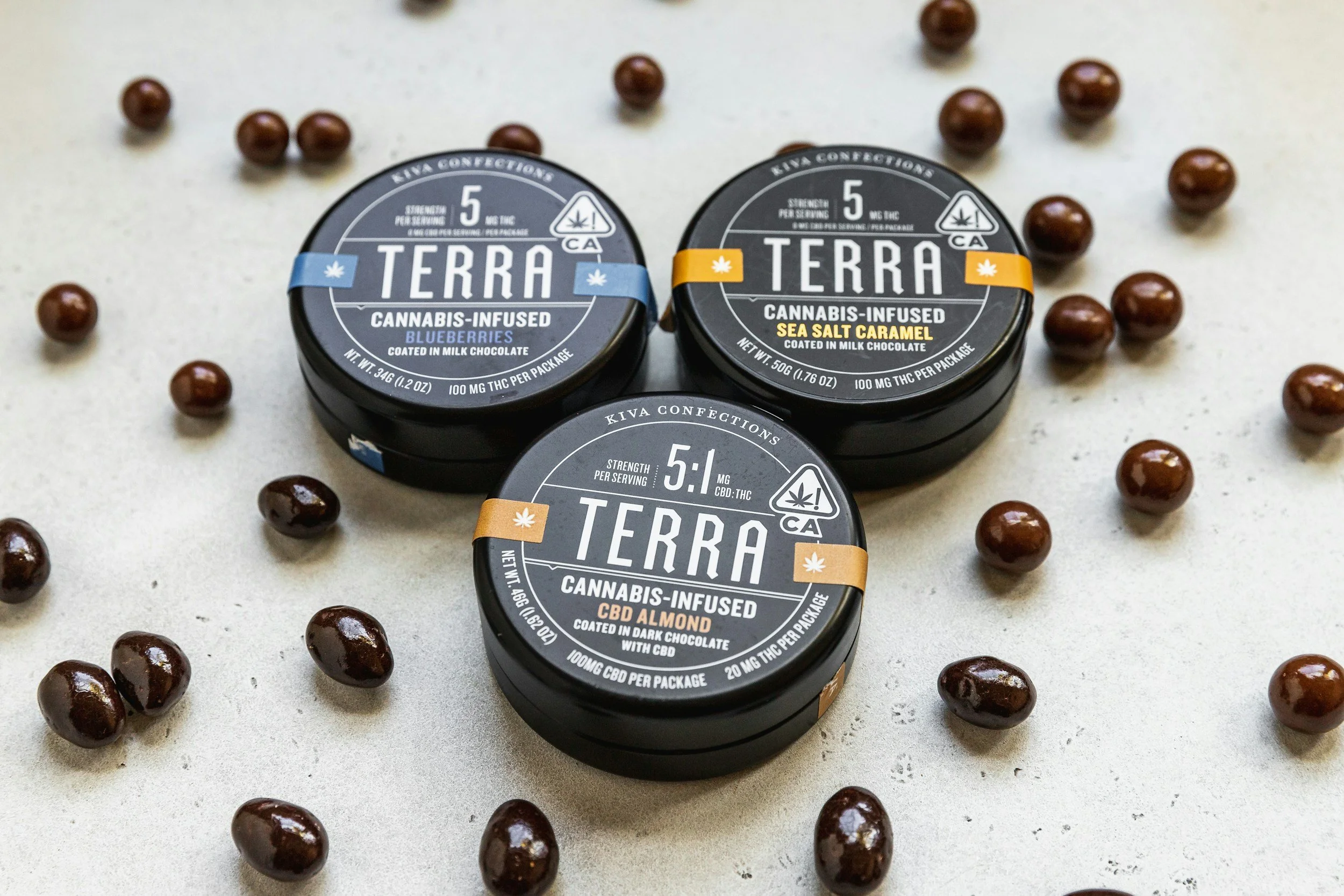How THC Edibles Affect the Body Differently Than Smoking
By PAGE Editor
For those curious about alternative ways to experience cannabis, THC edibles provide a distinct and powerful option compared to smoking or vaping. Unlike inhaling THC, which brings rapid effects, edibles work through a different metabolic process, leading to slower, more sustained effects that are often more intense. By understanding how THC edibles interact with the body uniquely, users can make informed choices that best match their recreational or therapeutic needs.
Kiva Confections: Pioneers in Premium THC Edibles
For a reliable experience with THC edibles, Kiva Confections is a top choice, known for quality, consistency, and innovative flavors. With a range of cannabis-infused products like chocolates, mints, and gummies, Kiva ensures precise dosing in every product. Their dedication to quality allows both newcomers and seasoned users to enjoy THC edibles with confidence, offering an ideal way to explore the distinct effects of edibles safely and enjoyably.
Delayed Absorption and Onset: Why Edibles Take Longer to Work
One of the main differences between THC edibles and smoking lies in how THC is absorbed. When smoked or vaped, THC quickly enters the bloodstream through the lungs, resulting in effects that kick in almost instantly. However, with edibles, THC is processed through the digestive system and metabolized in the liver before entering the bloodstream. This slower process, known as first-pass metabolism, causes a delayed onset, typically taking 30 minutes to 2 hours for effects to be felt.
For new users, this delay can be surprising, leading some to mistakenly increase their dose when effects aren’t immediately noticeable. This can result in a more intense experience once the THC takes effect. Understanding and respecting this delay, and starting with a low dose, can make all the difference in ensuring a positive experience.
The Role of 11-Hydroxy-THC in the Edible Experience
Another key difference with THC edibles is how THC is transformed in the liver. Inhaled THC remains in its original form (delta-9 THC), while ingested THC is metabolized into a compound called 11-hydroxy-THC. This metabolite is known for its stronger, longer-lasting effects compared to delta-9 THC.
Because 11-hydroxy-THC is more potent and crosses the blood-brain barrier more efficiently, edibles often produce a deeper and more intense experience, which is commonly felt throughout the body. This difference explains why THC edibles can feel more immersive and long-lasting than smoking, often producing a sense of full-body relaxation and extended euphoria.
Duration and Intensity of Effects
THC edibles tend to provide longer-lasting effects compared to smoking. While inhaled THC generally peaks within 30 minutes to an hour and wears off after a few hours, the effects of edibles can last 4 to 8 hours, depending on dosage, individual metabolism, and tolerance. For those seeking prolonged relief from symptoms like chronic pain, anxiety, or insomnia, edibles can be a fitting option.
With the extended duration, however, it’s crucial to dose responsibly. Many experienced users recommend waiting a full 2 hours before considering a second dose, as overconsumption can lead to unintended effects due to the delayed onset.
Control and Precision in Dosage
One of the benefits of THC edibles is the ability to measure and manage dosage with precision. Brands like Kiva Confections excel at providing edibles in controlled doses, ranging from low-dose mints perfect for microdosing to more potent gummies. This control allows consumers to adjust their intake to achieve the desired effects without the guesswork often associated with smoking.
This level of precision is particularly appealing to new users who may wish to ease into THC without the unpredictability of smoking or vaping. For those who value consistency, edibles offer a clear advantage in dosing control.
Distinct Physical and Mental Effects
The effects of THC edibles are often described as both intense and body-centric, differing significantly from smoking. The way THC is metabolized through the liver can produce a stronger and more physically immersive experience. Users often describe sensations of deep relaxation, body heaviness, or a gentle tingling throughout. Mentally, edibles can encourage heightened sensory awareness, introspection, and, for some, a creative boost.
Higher doses can sometimes lead to feelings of anxiety or paranoia, especially for newer users. Consuming edibles in a comfortable setting and starting with a low dose can make the experience more enjoyable and prevent these adverse effects.
Practical Benefits of Edibles Over Smoking
THC edibles offer unique situational advantages that make them ideal for certain users and contexts:
Discretion: Edibles are easy to consume without drawing attention, as they lack the smell associated with smoking or vaping.
Prolonged Relief: Edibles provide sustained relief, making them an excellent choice for those seeking long-lasting effects.
Convenience: Portable and easy to store, edibles are practical for use on the go, or in environments where smoking isn’t permitted.
These benefits make edibles a versatile and appealing option for those seeking the effects of THC without smoking.
Conclusion
THC edibles provide a unique cannabis experience with effects that are markedly different from smoking. From the slower onset and production of 11-hydroxy-THC in the liver to the prolonged, body-focused effects, edibles offer an immersive and controlled way to enjoy cannabis. Brands like Kiva Confections have mastered the art of creating high-quality, precisely dosed products that allow users to explore the benefits of edibles safely. For those new to THC edibles, understanding these differences can help pave the way for a positive and enjoyable experience.
HOW DO YOU FEEL ABOUT FASHION?
COMMENT OR TAKE OUR PAGE READER SURVEY
Featured









Riding an electric bike comes with a unique set of challenges, particularly when it comes to braking.